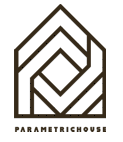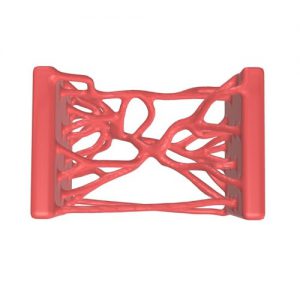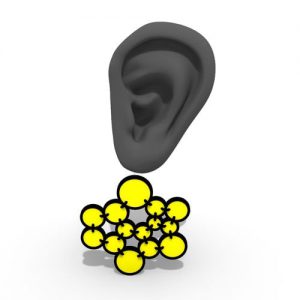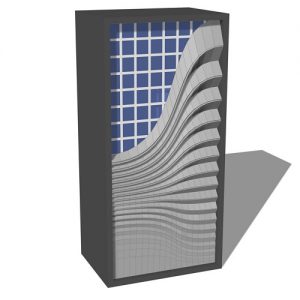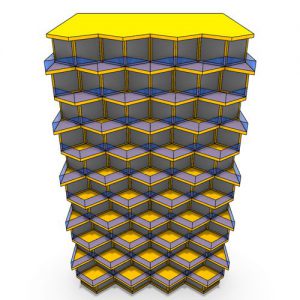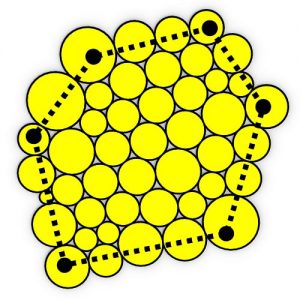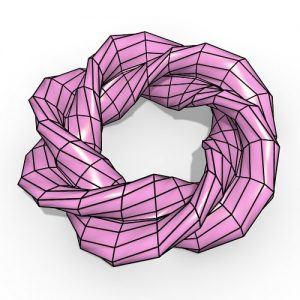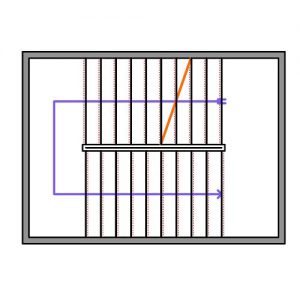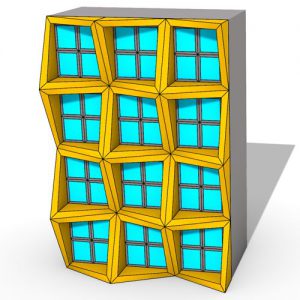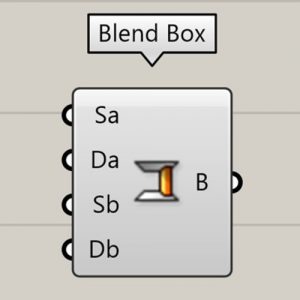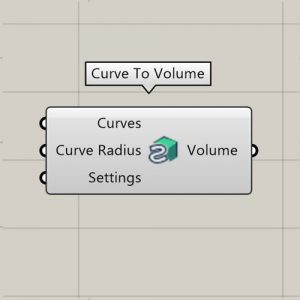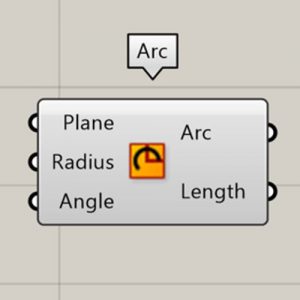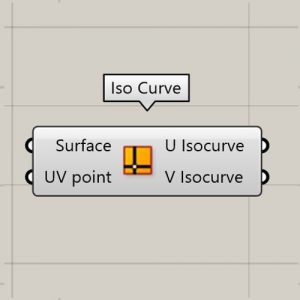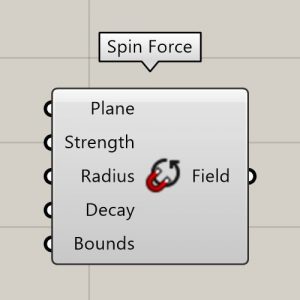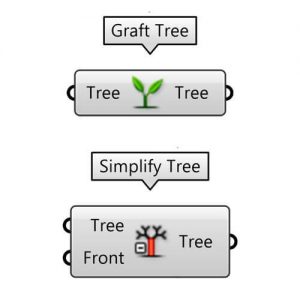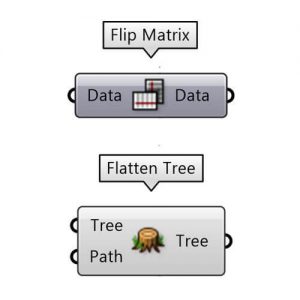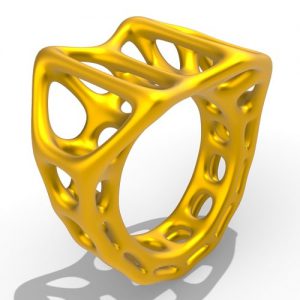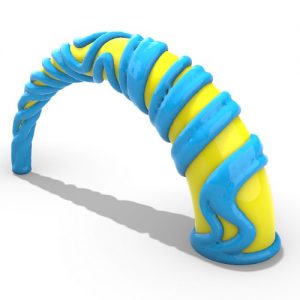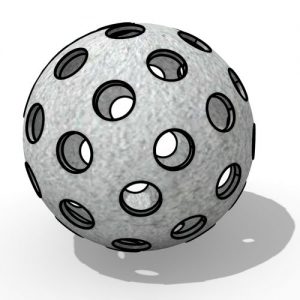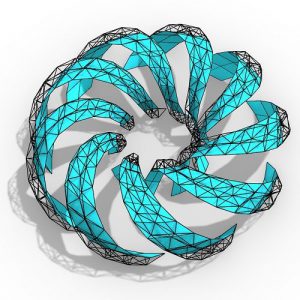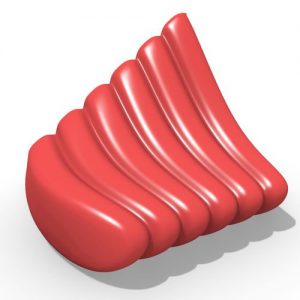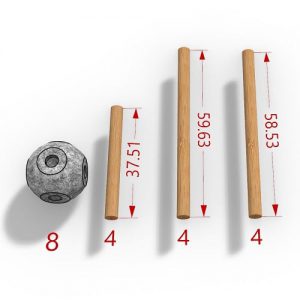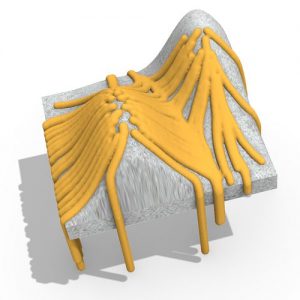Welcome To Parametric House
We've published our free content here! Dive in and start learning by watching the free lessons and downloading the example files for more exercises.
Access over 80+ hours of tutorials and a comprehensive library of 1300+ Grasshopper example files. Elevate your design skills today!
What's a beginner's best tool? Dive into our collection of over 1300 example files to master any subject in Grasshopper with ease!
In this section, we are gathering individual components in Grasshopper with short mini tutorials so you can learn how to use them at a basic level.
In this section, dive into our explainer videos tailored just for you! These bite-sized lessons offer a swift overview, ensuring you grasp the essence of how Grasshopper operates.
Another way of learning grasshopper, especially for beginners is through short, step-by-step lessons. Find them here.
We have gathered more than 800 Blog posts about Projects related to Parametric Design. Take a look and get inspired right away!
What about accessing more than 700 Pdfs about Parametric design for free? You can access our free Library of Articles & Thesis related to Parametric Design here 🙂
Join our free YouTube channel with over 8000 subscribers to learn Grasshopper through step-by-step tutorials.
Latest Examples Files
In this Grasshopper Dendro example file, you can use the Trap Field component from the Heteroptera plugin to generate a series of random connecting curves between two faces.
In this Grasshopper Kangaroo example file you can design a parametric earring using the circle packing technique.
In this Grasshopper example file you can design a parametric Louver facade using the Pufferfish Plugin.
In this Grasshopper example file you can design a parametric building using the native grasshopper components.
In this Grasshopper Kangaroo example file, you can circle pack a mesh using the "TangentIncircles" component.
In this Grasshopper example file, you can utilize the Nautilus plugin to design a parametric Twisted Torus.
In this Grasshopper example file, you can simulate an optimized path from an origin point/points toward a set of targets. The strategy involves branching at diverging points.
In this Grasshopper example file, you can model a staircase detail drawing from the plan view and easily change the parameters.
In this Grasshopper example file, you can design a parametric facade using four different techniques.
Latest Components Library
In this Grasshopper tutorial for beginners you will learn how to use the Blend Box component and how you can combine it with box morph.
In this Grasshopper tutorial for beginners you will learn how to use the Polar array component to make a parametric Network Surface.
In this Grasshopper tutorial for beginners you will learn how to convert a series of curves into a single mesh using the Dendro plugin.
In this Grasshopper tutorial you will learn how the Arc component works and how you can give it an Arc Dimension.
In this Grasshopper tutorial for beginners you will learn how the Pipe Variable components works.
In this Grasshopper tutorial for beginners you will learn how to extract the U and V curves from a NURBS surface.
In this Grasshopper tutorial for beginners you will learn how to use the Spin Force component to generate a parametric spinning field.
After learning about the flatten, now we have to know where to graft the inputs to get our desired results.
After learning about the Partition list, it's time to learn how to destroy the data trees with flatten and also change them with flip matrix.
Latest Video Tutorials
In this Grasshopper tutorial for beginners, you can learn how to model a parametric box ring from scratch without using any plugins.
In this Grasshopper Dendro tutorial, you can learn how to create a growing mesh by defining a series of spin fields on a NURBS surface using the Heteroptera plugin.
In this Grasshopper Tutorial for beginners you will learn how to use the Sphere collide component to generate evenly distributed holes on a NURBS surface.
In this Grasshopper example file, you can model twisted torus strips and convert them into a spaceframe and panels using the Lunchbox Plugin.
In this Grasshopper example file, you can convert a series of curves into a mesh with a 3d groove pattern using the Nautilus and Weaverbird plugins.
In this Grasshopper tutorial, you will learn how to model a parametric joint on the corners of a box with controllable parameters.
In this Grasshopper contour tutorial, we will learn how to extract a series of solids from a part of a mesh by defining the direction and length with a single line.
In this Grasshopper Millipede tutorial, you can learn how to model a series of smooth connecting columns to a roof and then analyze it using Millipede's Finite Element Analysis.
In this Grasshopper Kangaroo tutorial, you can discover how to simulate the flow of a series of particles on a solid and then convert it into a mesh.
